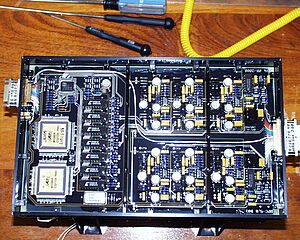RPC-MAG

RPC-MAG (RPC-Fluxgate Magnetometer) is one instrument out of a suite of five making up the Rosetta Plasma Consortium (RPC). It was developed to determine the magnetic fields around and the magnetic properties of comet 67P/Churyumov-Gerasimenko. During the two years that Rosetta escorted the comet, the first-ever long-time measurements of the induced magnetosphere of a comet were performed.
RPC-MAG consists of two extremely light, tri-axial fluxgate sensors, mounted on a long boom. The range is from -16384 nT to 16384 nT with a 20 bit resolution. The measurements are continuous at a rate of 20 Hz. The MAG sensors have a total weight of 90.6 g. The magnetometer electronics, which are also used for the other instruments of RPC, has a weight of 410 g and uses on 675 mW.
IWF was especially interested in the electric conductivity of the cometary nucleus, and therefore disturbances of the interplanetary magnetic field are recorded both by RPC-MAG and by the magnetometer on the lander unit Philae (ROMAP). Furthermore, the interaction of the cometary nucleus with the solar wind is investigated. In contrast to the missions to comet 1P/Halley in 1986, in which IWF was also involved, with Rosetta long-time measurements were made around the comet.
RPC-MAG was developed under the lead of the Institute for Geophysics and Meteorology of the TU Braunschweig. IWF developed the data collection unit (left side of the circuit board, see image) and joined in the testing and calibration at industrial and partner institutes. Driven by the large size of the Rosetta orbiter, the determination of and compensation for the stray magnetic fields was of great importance. IWF developed special software for this and performed the tests in collaboration with TU Braunschweig.
Further information about RPC-MAG can be found at TU Braunschweig.